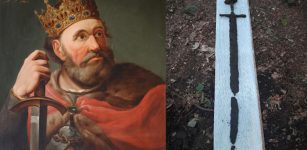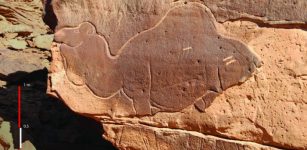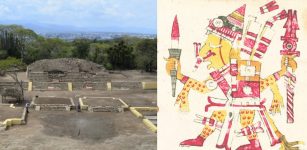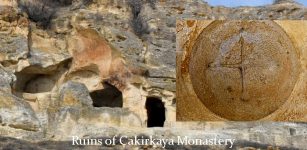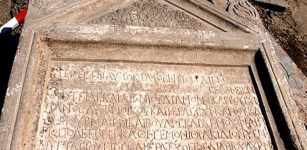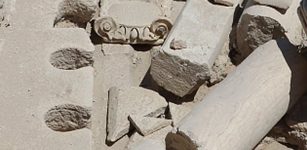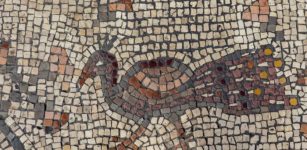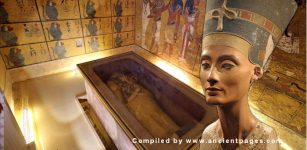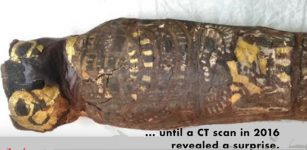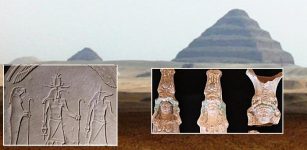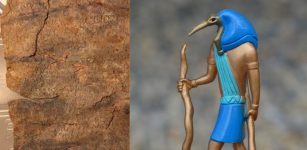Bread Sack Of Saint Francesco Of Assisi: 700 Years Old Myth Confirms Authenticity Of A Relic
AncientPages.com - Scientists confirm that the age and content of an old sack is in accordance with a medieval myth about Saint Francis of Assisi.
Some small fragments of textile closely related to a certain myth has been stored and guarded by the Friary of Folloni near Montella in Italy for more than 700 years.

Giotto's "St. Francis Preaching to and Feeding the Birds," painted in the early 14th century in the Church of St. Francis, Assisi. Image credit: wikipedia
The legend say the textile fragments originate from a sack that appeared on the doorstep of the friary in the winter of 1224. In this sack there was bread sent from Saint Francis of Assisi, who at that time was in France.
The bread was allegedly brought to the friary by an angel, according to the legend.
Ever since that cold winter’s night the sack has been guarded by the friary, and today the last few remaining fragments are kept as a relic in a well protected shrine.
Recently, a Danish/Italian/Dutch team of researchers led by Associate Professor Kaare Lund Rasmussen from University of Southern Denmark has had the opportunity to conduct scientific studies of the alleged bread sack fragments.
C-14 analysis revealed that the textile can be dated to 1220-1295, which means the age it is in agreement with the legendary text and there was in fact, bread in the sack, according to Kaare Lund Rasmussen, a chemist, and specialized in archaeo-chemical analyses.
We don’t know when, but it seems unlikely that it was after 1732, where the sack fragments were inmured in order to protect them. It is more likely that bread was in contact with the textile in the 300 years before 1732; a period, where the textile was used as altar cloth – or maybe it was indeed on the cold winter’s night in 1224 – it is possible, says Rasmussen.

Legend says the bread sack miraculously appeared on the doorstep of the friary in 1224. For 300 years it was used as an altar cloth. During this time pieces were cut off and given to other religious institutions in Italy and when a new friary was built and the remaining sack fragments were inmured. I 1807 the fragments were moved to the main church and in 1817 half of the textile was returned to the friary. In 1999 the remaining half returned. Today the fragments of the textile are kept in a reliquary. Credit: University of Southern Denmark
Scientific measurements cannot prove a legend or belief. What they can do, is either to de-authenticiate the object or show accordance between the physical/chemical evidence and the legend, say the researchers in their paper, published in the journal Radiocarbon.
It remains a mystery how the bread sack ended up on the doorstep of the friary because a scientific approach has not answer to this question but many people had always believed that it one day really happened.
AncientPages.com
Expand for referencesReferences:
SDU.dk



